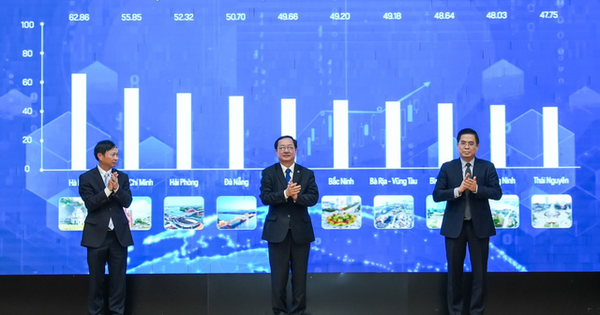Vietnam unveils Inaugural Provincial Innovation Index
On March 12, the Ministry of Science and Technology (MST) unveiled the inaugural Provincial Innovation Index (PII) 2023, marking a significant milestone in the country’s assessment of innovation metrics.
The PII aims to offer a comprehensive overview of each provincial-level locality’s socio-economic development model, rooted in science, technology, and innovation. It identifies strengths, weaknesses, potential factors, and necessary conditions essential for fostering science, technology, and innovation-based growth in each area.

Minister of Science and Technology Huynh Thanh Dat highlighted the importance of innovation metrics, noting that since 2017, the Vietnamese Government has relied on the Global Innovation Index (GII) by the World Intellectual Property Organization (WIPO) to inform policy formulation.
Commissioned by the Government, the MST collaborated with WIPO and relevant agencies to develop and pilot the PII in 20 localities in 2022, measuring their innovation capacity and performance. The index has been officially adopted nationwide since 2023.
Minister Dat emphasized the practical utility of the PII, providing a scientific foundation for agencies, organizations, and local leaders to craft and implement policies aimed at driving socio-economic development through science, technology, and innovation. He also noted its potential value for investors seeking insights into the investment climate and resources for business activities across different locales.
The PII 2023 results revealed the top 10 performers, including Hanoi, Ho Chi Minh City, Hai Phong city, Da Nang city, Can Tho city, Bac Ninh province, Ba Ria – Vung Tau province, Binh Duong province, Quang Ninh province, and Thai Nguyen province.
Deputy Minister of Science and Technology Hoang Minh emphasized that the rankings align with the socio-economic development status of each locality. Those ranking high typically benefit from favorable natural and geographical conditions, concentrated in the Red River Delta and the southeastern region, with significant contributions from industrial, construction, and service sectors, abundant industrial parks, robust infrastructure, and vibrant scientific, technological, and innovative activities.
Conversely, the lowest-performing localities face modest socio-economic development and less conducive natural and geographical conditions, primarily located in the Central Highlands and the northern midland and mountainous regions


